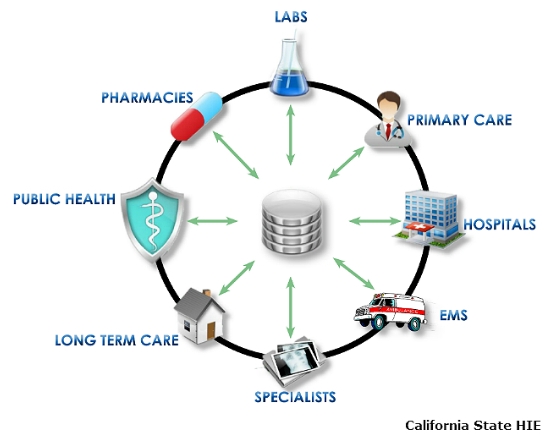Health information exchange (HIE) plays a crucial role in improving the quality and efficiency of healthcare delivery. With the vast amount of health information being generated and shared, it is important to understand the different types of HIE to ensure smooth communication and coordination among healthcare providers. Here is a guide to understanding the different types of health information exchange:
1. Directed Exchange:
Directed exchange refers to the electronic exchange of health information between healthcare providers for the purpose of patient care. This type of HIE allows healthcare providers to securely send and receive patient information such as medical records, lab results, and medication history. Directed exchange typically requires the use of secure messaging platforms or electronic health record systems.
2. Query-Based Exchange:
Query-based exchange involves healthcare providers requesting and retrieving specific patient information from other healthcare organizations. This type of HIE allows providers to access relevant patient data from external sources to support clinical decision-making. Query-based exchange requires providers to submit a query to a central database or health information exchange network to retrieve the requested information.
3. Consumer-Mediated Exchange:
Consumer-mediated exchange empowers patients to securely access and share their health information with healthcare providers and other authorized entities. This type of HIE allows patients to take control of their health information and actively participate in their care. Consumer-mediated exchange typically involves the use of patient portals, personal health records, and mobile health apps.
4. Health Information Service Provider (HISP) Exchange:
HISP exchange involves the use of a third-party entity to facilitate secure communication and exchange of health information between healthcare providers, patients, and other stakeholders. HISPs provide a secure platform for transmitting and receiving electronic health information, ensuring data privacy and security. This type of HIE is commonly used for secure messaging, data sharing, and interoperability initiatives.
5. Health Information Exchange Network:
Health information exchange networks are collaborative platforms that connect multiple healthcare organizations, providers, and stakeholders to facilitate the exchange of health information. These networks enable seamless communication and data sharing among participants, leading to better care coordination and improved patient outcomes. Health information exchange networks play a vital role in promoting interoperability and advancing population health initiatives.
In conclusion, understanding the different types of health information exchange is essential for healthcare providers, patients, and other stakeholders to effectively communicate and collaborate in the delivery of care. By leveraging the various types of HIE, healthcare organizations can streamline information sharing, enhance care coordination, and ultimately improve the overall quality of healthcare services.

